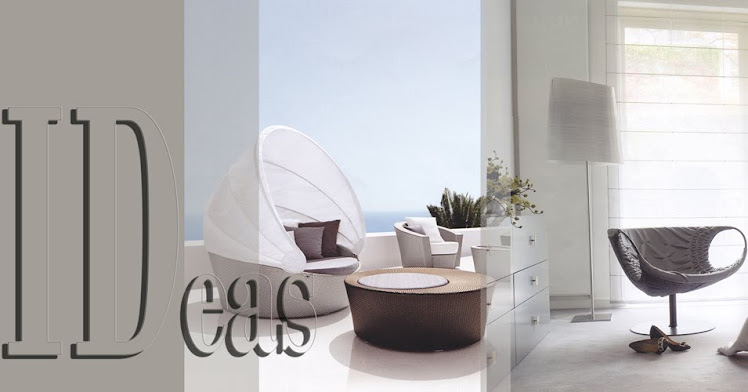A new way for contemporary placemaking in the tropics influenced by indigenous and traditional cultures
The design concept for the Cairns Institute grew from its mission statement ‘enhancing life in the tropics’, and is strongly centred on the belief of placemaking, rather than building-making. As a result, the proposal is sensitively located in the landscape and where a sense of the landscape is embedded in the experience of the place. The main entry aligns with the natural forms of the mountain range to the west, and integrates landscape experiences in the surrounding and courtyard gardens.
Developed by BVN Architecture and MMP Architects, the signature gesture for the design is an undulating roof form using a conventional timber gridshell structural system which unifies the concepts of organic form. The construction of this roof in sustainable timber has many levels of experience; from the powerful and exciting address it provides on approach, to the sense of anticipation in the semi-protected space of the rainforest courtyard at entry and as part of the continuing experience to the interiors.
The design is responsive and empathetic to the idea of community; in this instance a community of researchers. Traditional approaches to placemaking engage this community through the arrangement of research hubs and other spaces around a central courtyard. This heightens awareness and visibility, while promoting both purposeful and incidental interaction. The concept enhances the Institute’s culture and allows its research to develop in a healthy, positive and collaborative manner.
The concept of placemaking is further enhanced and reinforced by a proposal to adopt colours, patterns and finishes from traditional cultural activities, particularly those from communities of the tropical Far North Queensland region. For example, the external perforated sunscreen to the lower floors of the offices and research areas is derived from traditional fibre work and weaving patterns. Colours are derived from paintings and other artworks of indigenous artists from tropical regions of the world.





